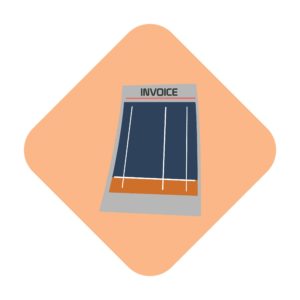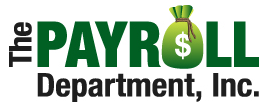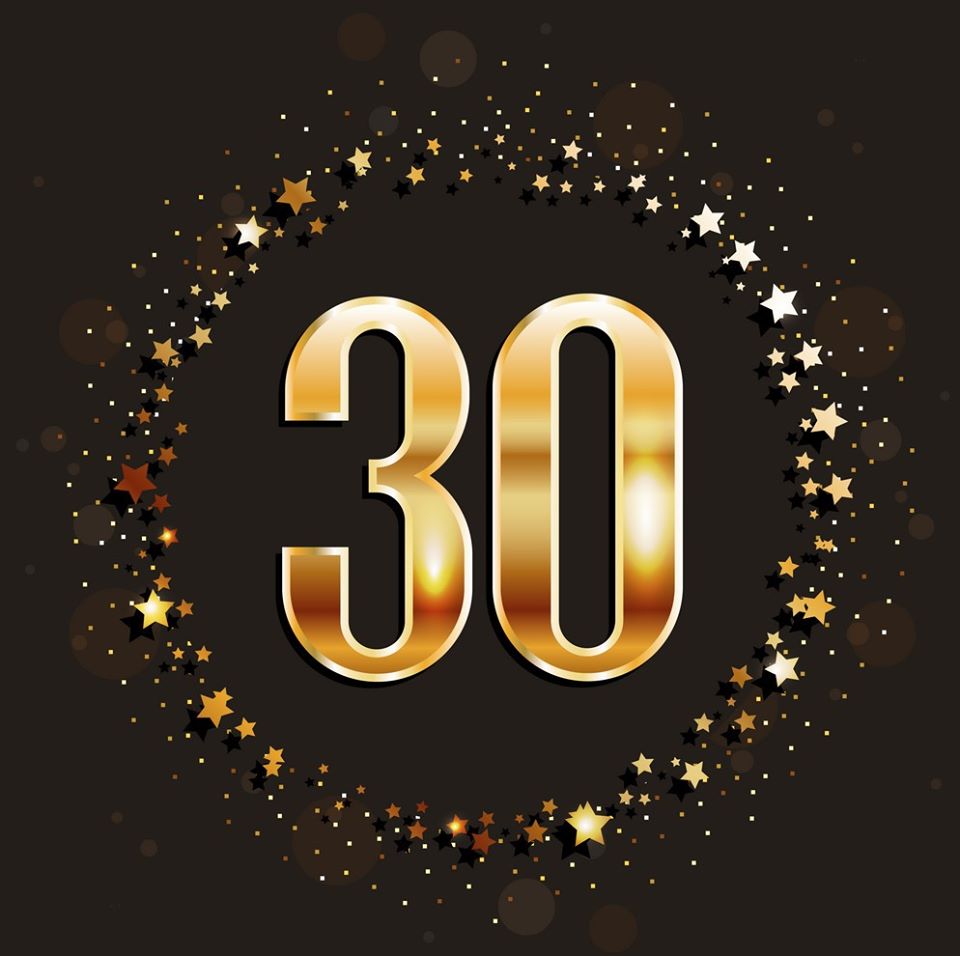5 Tips to Quicker Customer Payments
In business, you must keep an eye on your cash flow. Because, if you’re like most small business owners, how much you have in the bank depends on the speed in which your customers pay you. But how do you get your invoices paid faster? Here are some simple tips from The Payroll Department to help you get prompt customer payments.
-
Request Payment Upfront
 For larger projects, you may want to ask your customer to pay you on retainer – either with one lump sum payment or recurring monthly payments. Or, you can request a partial payment at the beginning of the project with the remainder to be paid at project completion. Not only will these solutions help you manage your cash flow better, but your client will realize they need to pay first if they want their work completed.
For larger projects, you may want to ask your customer to pay you on retainer – either with one lump sum payment or recurring monthly payments. Or, you can request a partial payment at the beginning of the project with the remainder to be paid at project completion. Not only will these solutions help you manage your cash flow better, but your client will realize they need to pay first if they want their work completed.
-
Invoice Your Customers ASAP
Many business owners wait to issue invoices once a month or when they remember. However, you should get into the practice of sending an invoice as soon as the work is completed. Not only will this ensure that you get your money quickly, but you’ll be less likely to forget to create an invoice.
One solution is to automate your invoicing by using accounting software like QuickBooks. Invoice automation enables you to send your customers’ invoices more quickly while saving you money on paper and postage expenses. Plus, with an automated invoice solution, it easier to send payment remainders and to link to online payment systems.
-
State Your Payment Terms on Your Invoices
Your customers need to know what your payment terms are. For example, your invoice should include a statement, such as “payment is due on receipt of invoice” or “payment is due within [number of] days of invoice date.”
To avoid any customer confusion, use the term “day” instead of “net.” For example, instead of stating “Net 30” on your invoices, it should say, “Payment is due within 30 calendar days of invoice date.” Make sure to include the invoice creation date on the invoice as well. By stating your terms in this manner, it makes it clear when your invoice is due. And, it helps to avoid issues of when the customer received the invoice and how that affects the payment deadline.
-
Follow Up on Invoices
You should regularly review your invoices to determine which invoices are approaching their payment deadline and which are past due. Call or send an email to remind your customers about your invoice and the payment due date or if they’re past due.
-
Hire a Professional Bookkeeper to Manage Your Invoices
When you hire a skilled bookkeeper, like Grace Walker at The Payroll Department, to do your invoicing for you, you can rest assured that your invoicing processes are being handled professionally. Grace is certified in QuickBooks, so she can create invoices quickly and manage your accounts receivable more efficiently. She will follow up with your customers, when needed, to ensure payment is received – saving you time. With The Payroll Department’s professional bookkeeping services, you don’t have to worry about when you’re getting paid. Cash will regularly flow into your small business in a timely manner.
For more information about how you can benefit from our bookkeeping services, contact Teresa Ray, owner of The Payroll Department, at 317-852-2568.
Stop chasing down payments and focus on running – and building – your business.
– Ariane of The Payroll Department Blog Team

